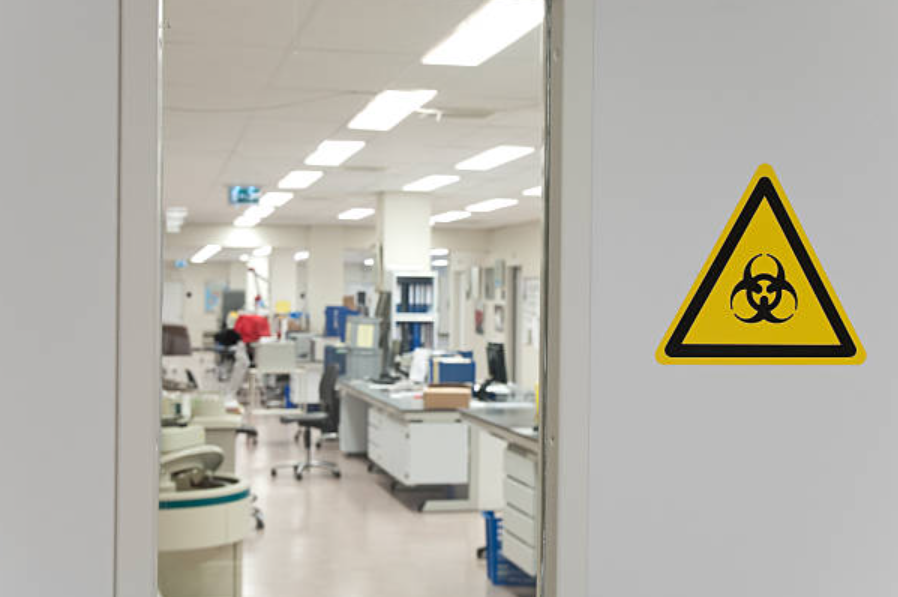A lab worker in the Netherlands was hospitalized with typhoid after a biosecurity blunder occurred during the height of the Covid pandemic, according to a recent report from MailOnline.
The employee, who has not been identified, was only spotted after they went to casualty complaining of a headache and fever of 'unknown origin'. Blood tests taken by medics at OLVG Amsterdam at the time tested positive for salmonella. Fecal samples taken by the worker also identified salmonella typhi— a highly contagious bacterium that causes typhoid fever.
Following up on the incident, scientists from the Amsterdam University Medical Center (UMC) stated that the lab worker had 'no history of travel to an endemic country or contact with patients with typhoid fever.' In the hope of solving the riddle of how they caught typhoid, medics contacted the lab worker’s employer.
The incident highlights how easily lab-acquired infections can occur, even in facilities with strict safety measures. Dr. Gregory Koblentz, an expert in biodefence at George Mason University, stated: “The lab should be commended for tracking down the origin of the infection.”
Details of the lab-acquired infection in Amsterdam were published in the Diagnostic Microbiology and Infectious Disease journal earlier this month. However, according to Amsterdam UMC, the incident actually occurred in early 2021 around spring.
The employee was working in a 'biosafety cabinet'. For context, BSL-1 applies to labs working with low-risk microbes that pose little threat of infection and BSL-2 labs involve personal protective equipment (PPE). On the other hand, BSL-4 labs work with highly dangerous and exotic microbes, including Ebola.
No breach of biosafety protocols was uncovered, but experts remain baffled as to how the worker got infected, given the bacteria is not airborne. Professor Mark Stevens, chair of microbial pathogenesis at the University of Edinburgh, said: “If the technician touched liquid or solid media on which the bacteria were growing, then inadvertently [touched] their mouth or failed to wash hands properly, that could suffice.”
It is not the first time lab workers have fallen ill after biosecurity blunders. In 1972, a laboratory worker at the London School of Hygiene and Tropical Medicine contracted smallpox after poor biosecurity measures were enforced in the lab. While in 2014, inadequate laboratory safety led to the potential exposure of 75 staff to anthrax at the Centers for Disease Control and Prevention (CDC) Roybal campus in Atlanta.
The worker underwent 14 days of antibiotic treatments in the hospital and fully recovered. Common symptoms of the infection include a persistent high temperature that gradually increases each day, headaches, fatigue, constipation, and general aches and pains.
Typhoid is typically spread through touching contaminated surfaces, with the bug found in feces and urine. A vaccine is available but is normally only taken by travelers visiting countries such as Bangladesh, India, or Pakistan. Meanwhile in the US, around 350 people are diagnosed with typhoid fever every year, according to the CDC, and 300 people in the UK.
The contamination is a reminder of the importance of taking safety protocols into account, from BSL-1 to BSL-4, and the gravity of a biosecurity blunder.

